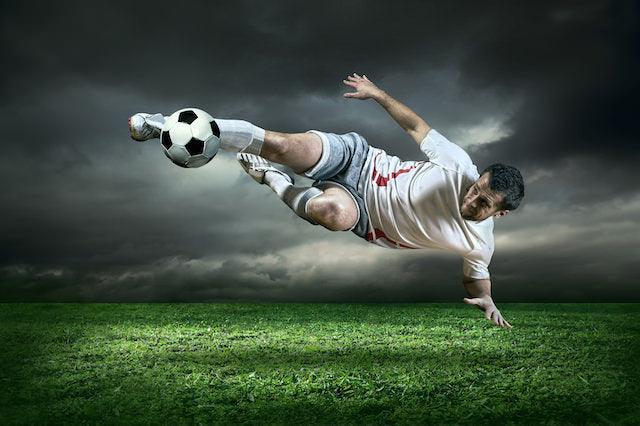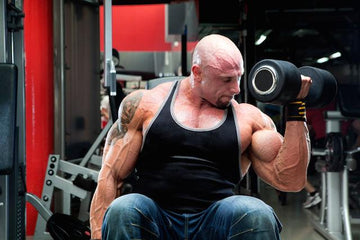

Do Planks and Swiss Balls Increase Core Strength in Soccer Players?
Table of Contents
Do Planks and Swiss Balls Increase Core Strength in Soccer Players?

Planking and the use of Swiss balls for instability training is the new rage for core training. Planking is a simple but effective bodyweight exercise in which you hold your body stiff in certain positions to develop strength primarily in the core. Improving core strength means improving posture, balance, and stability. Proponents also cite increased calorie burn as a benefit of maintaining your balance throughout the day. When using the same absolute load (e.g., body weight) during core-strengthening exercises, trunk muscle activity increased under unstable
A new study published in the Scandinavian Journal of Medicine and Science in Sports compared stable versus unstable trunk training in high level, teen-aged soccer players. Thirty-nine male soccer players were split into a stable training group (i.e floor and bench) and an unstable group (e.g., Thera-Band® Stability Trainer, Togu© Swiss ball). Over a 9 week period, athletes performed between 2-3 core training sessions per week in addition to participating in routine soccer practices. Core training involved various planks (bilateral and unilateral), trunk extension and flexion movements and various derivatives of each. The only difference between the groups was that the unstable group performed the exercises on an instability device such as a Swiss Ball . Before and after the training program, performance markers (speed, agility, kicking speed and counter-movement jump) were evaluated.
 At the end of the study, results essentially showed no significant differences in performance markers between the stable and unstable core training groups. Therefore, core training, despite whether performed on a stable or unstable surface, appears to be effective in improving trunk strength, sprint and kicking performance in highly training young soccer players. The use of unstable surface training can be used to add variety to a soccer players exercise routine. In practice, it would be logical to use unstable surfaces as a progression. Master the movements in stable environments first, then introduce perturbations to stability with various implements.
At the end of the study, results essentially showed no significant differences in performance markers between the stable and unstable core training groups. Therefore, core training, despite whether performed on a stable or unstable surface, appears to be effective in improving trunk strength, sprint and kicking performance in highly training young soccer players. The use of unstable surface training can be used to add variety to a soccer players exercise routine. In practice, it would be logical to use unstable surfaces as a progression. Master the movements in stable environments first, then introduce perturbations to stability with various implements.
Prieske, O., Muehlbauer, T., Borde, R., Gube, M., Bruhn, S., Behm, D. G., & Granacher, U. (2015). Neuromuscular and athletic performance following core strength training in elite youth soccer: Role of instability. Scandinavian Journal of Medicine & Science in Sports. Ahead of print.

















